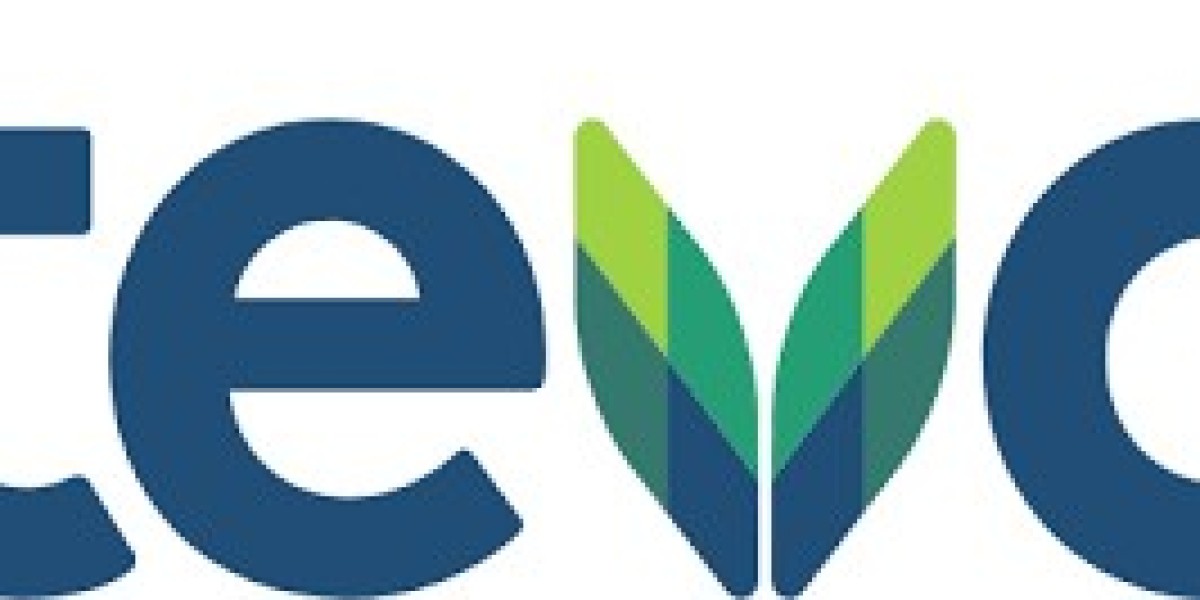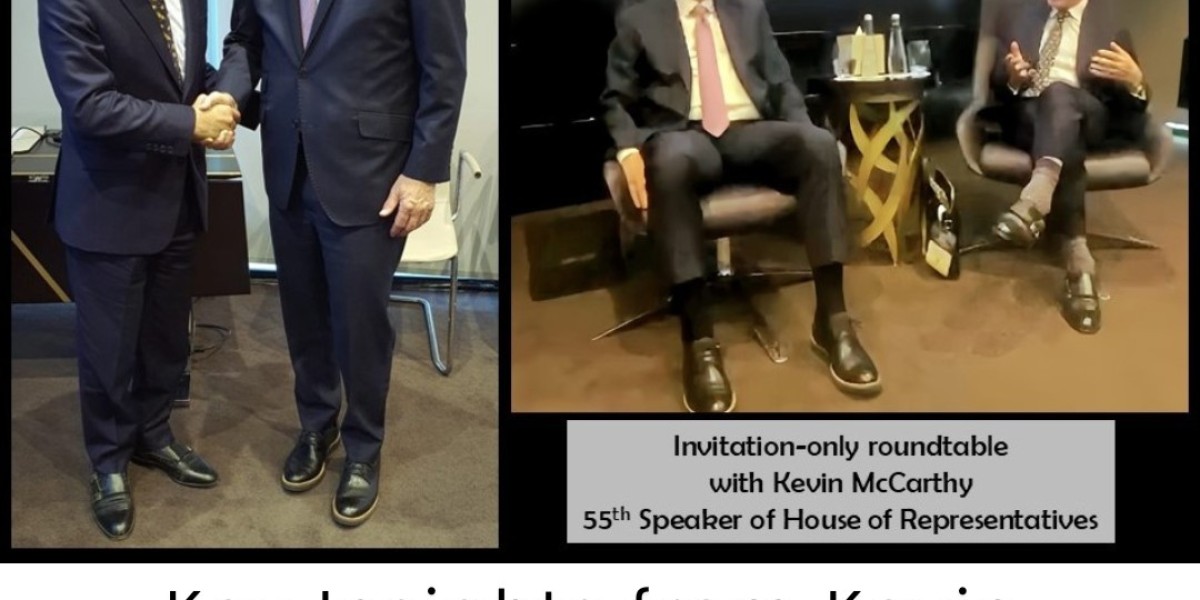Teva Pharmaceutical Industries Ltd., headquartered in Petah Tikva, Israel, is a global leader in the pharmaceutical industry. Known primarily for its generic drugs, Teva also produces specialty medications in therapeutic areas such as central nervous system (CNS), respiratory, and oncology. With a vast portfolio of over 3,500 products, Teva serves patients in over 60 countries and employs more than 40,000 people worldwide.
Over the years, Teva has established itself as a major player in the generic pharmaceutical sector, benefiting from cost-effective production and the ability to offer affordable alternatives to branded medications. The company’s specialty medicines and biosimilars, however, have become increasingly important in driving growth and profitability.
1. Financial Performance Overview
Teva’s financial performance is reflective of its strong market position and extensive product portfolio. However, the company has faced challenges in recent years, including intense competition in the generic drug market, regulatory hurdles, and increased pressure from pricing strategies and legal issues.
a. Revenue Trends
- Recent Revenue Performance: Teva’s revenue largely comes from its generic medicines, which account for the majority of its global sales. In recent years, the company has seen fluctuations in revenue, largely due to competition in the generics market, loss of exclusivity for key drugs, and pricing pressures. However, Teva has focused on expanding its specialty and biosimilar drug portfolios to offset these declines.
- Specialty Medicines: The company’s specialty medicines, including treatments for neurological disorders like multiple sclerosis and Parkinson’s disease, as well as its respiratory portfolio, have been significant contributors to overall revenue growth.
- Geographic Breakdown: Teva’s revenue is well-diversified across North America, Europe, and emerging markets, with North America accounting for a substantial portion due to the high demand for generic drugs in the U.S. However, the company is also increasingly focusing on international markets to mitigate dependence on any single region.
b. Profit Margins and Cost Structure
- Gross Profit: Despite challenges, Teva continues to maintain a relatively high gross profit margin, primarily driven by its lower-cost generic drugs and the increasing share of specialty treatments.
- Operating Expenses: Teva has made efforts to streamline operations, reduce costs, and improve efficiency. The company has been engaged in restructuring initiatives to optimize its workforce, improve its supply chain, and reduce debt.
- Debt and Liabilities: Teva’s debt load has been a key area of focus for investors. Following its acquisition of Allergan’s generics business in 2016, the company assumed significant debt. Over time, Teva has worked to manage its debt levels through strategic debt reduction efforts, but the company remains under pressure to further reduce liabilities to enhance financial stability.
2. Key Financial Metrics
Teva’s financial metrics reflect both its global reach and the pressures faced in a competitive pharmaceutical landscape.
a. Earnings Per Share (EPS)
Teva’s earnings per share (EPS) have been variable, reflecting the impact of ongoing restructuring efforts, cost-saving initiatives, and legal settlements. However, the company remains a significant player in the pharmaceutical industry with the potential to return to solid earnings growth as its specialty medicines gain traction.
b. Revenue from Key Products
- Copaxone: Teva’s multiple sclerosis treatment, Copaxone, has historically been a top revenue generator for the company. However, the drug’s loss of exclusivity and competition from generics have reduced its revenue contributions.
- Ajovy: Teva’s migraine treatment, Ajovy, has shown strong growth since its launch. The drug is part of Teva’s efforts to expand in the specialty medicine market.
- Respiratory Portfolio: Teva’s respiratory portfolio, which includes inhaled medications for chronic obstructive pulmonary disease (COPD) and asthma, continues to perform well, with strong sales growth in recent years.
c. R&D Investment
Teva’s commitment to research and development (R&D) is a critical aspect of its long-term strategy. R&D spending has focused on expanding its specialty medicines and biosimilar portfolios, areas where the company sees significant growth potential.
- Biosimilars: Teva has invested in biosimilar development, aiming to capture a share of the biologics market. The company’s biosimilar portfolio is expanding, with drugs targeting diseases such as cancer and autoimmune disorders.
3. Challenges and Opportunities
a. Legal and Regulatory Pressures
Teva has faced significant legal challenges, particularly related to opioid litigation in the U.S. The company has been involved in lawsuits related to its alleged role in the opioid epidemic, and it has settled some of these cases. Legal costs and settlements have impacted Teva’s profitability in recent years.
b. Competitive Generic Market
Teva faces strong competition in the generic drug market, especially from large generic drug manufacturers such as Mylan and Sandoz (Novartis). The intense competition has led to pricing pressures, which has negatively impacted Teva’s margins on certain products.
- Counterfeit Drug Threats: The growing issue of counterfeit drugs presents a significant challenge for Teva and other pharmaceutical companies. The company is investing in technologies to secure its supply chain and ensure the authenticity of its medications.
c. Expanding Specialty Portfolio
While Teva’s generic drugs remain a core part of its business, the company is increasingly focusing on specialty medicines to drive future growth. This transition is an opportunity for Teva to capture more profitable markets such as neurology, oncology, and respiratory therapy.
- Innovation in Neurology: Teva is investing in the development of innovative treatments for neurological disorders, including new therapies for multiple sclerosis and Parkinson’s disease, which are expected to be key growth areas in the coming years.
d. Biosimilars Market
The global biosimilars market is growing rapidly as patients and healthcare providers seek more affordable alternatives to expensive biologics. Teva’s efforts to establish itself as a leader in biosimilars position the company well for future growth. However, the success of this strategy depends on the regulatory approval of its pipeline and the company’s ability to compete with established players in the biosimilars space.
4. Future Outlook for Teva
Teva’s future depends on its ability to navigate several key challenges, including debt reduction, the evolving competitive landscape, and increasing regulatory scrutiny. At the same time, the company has opportunities to leverage its strengths in generics and specialty drugs, particularly in neurology and respiratory medicine, to drive revenue growth.
Teva’s investments in biosimilars and specialty medicines, coupled with its strong global presence, position the company for long-term success. However, ongoing litigation, pricing pressures in generics, and the need for further restructuring efforts will continue to shape Teva’s financial trajectory in the years ahead.
Conclusion
Teva Pharmaceutical Industries Ltd. has faced several financial challenges in recent years but remains a global leader in both the generic and specialty pharmaceuticals markets. The company’s strategic focus on expanding its specialty portfolio, biosimilars, and neurology treatments is expected to help sustain growth and improve its financial standing.
Through its ongoing restructuring and debt management efforts, Teva is well-positioned to emerge from recent challenges stronger, continuing to provide affordable and innovative healthcare solutions worldwide.









